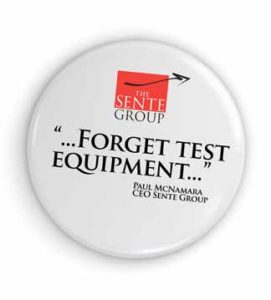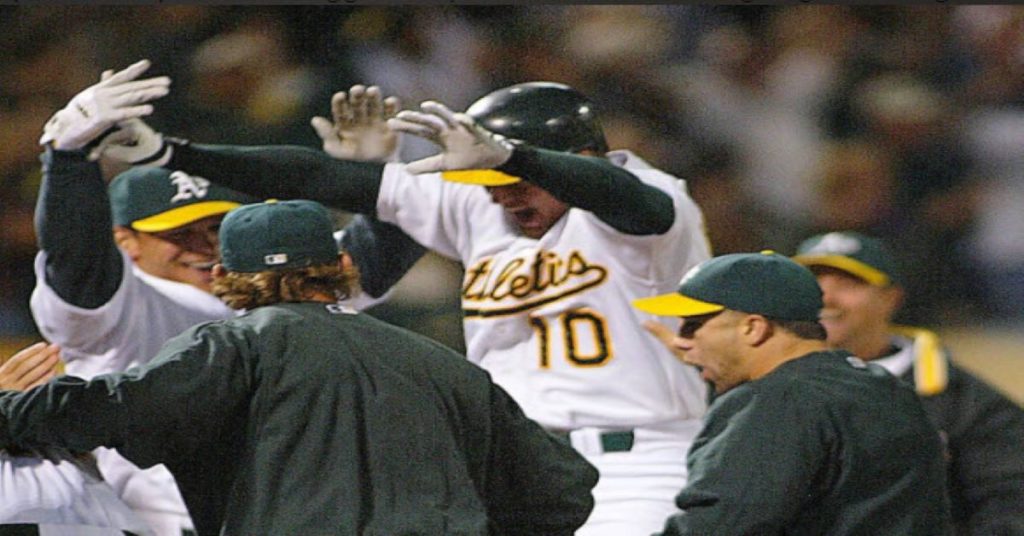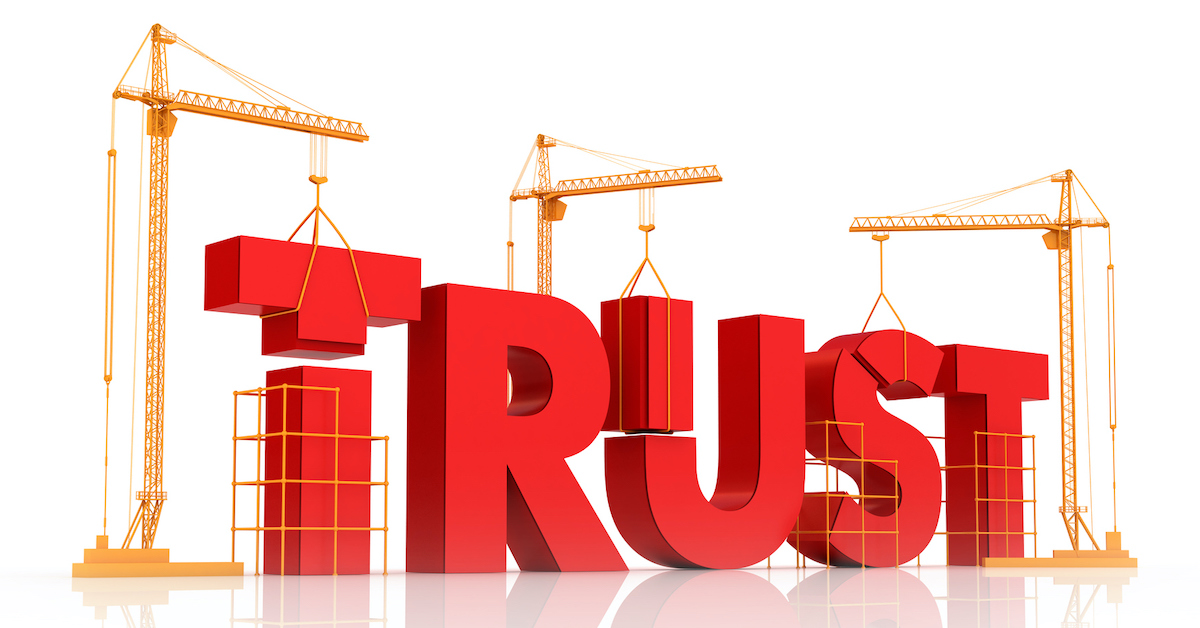Breakthrough Results Require Breakthrough Philosophy
Sente’s founder writes about the philosophical mindset and orientation required to design and execute practices that produce game changing results, competitive in the 4th Industrial Revolution. These are the results that are possible when you break from the habits of the last industrial revolution.
- Utilization increased by 400%
- Speed increased 25%
- Equipment spend decreased 50% to 75%
- Support costs decreased 25% to 50%
- Obsolescence decreased by 40%
This paper includes a humorous story about how he confused a customer trying to explain to them the importance of culture change (relative to “managing assets”) to produce the results above. Learn why they gave him this button before their next Governance Board Meeting!

Competing in the Fourth Industrial Revolution Requires New Philosophy, Knowledge, Capabilities, and Practices.
Industrial revolutions always usher in new tools and, with them, new philosophical orientations on how to use those tools to compete and win. These philosophical orientations always lead to a new set of intentions and practices that stabilize over time becoming part of the culture. Shifting culture and behavior to exploit new capabilities is required to win. Sharing equipment by eliminating the cultural habit of hoarding was impossible….until it wasn’t. It’s a fantasy to think you can leverage new tools with old ways of thinking.

Our deep knowledge of philosophy, practices, tools, and human behaviors enable the “asset management” results listed in the introduction. Now, the story…
The Story
A number of years ago while trying to explain how we were producing the results we did with our “asset management” service I tried to explain the philosophy that lead to the results. To our customers, at times our results seemed like magic. They weren’t, of course, so I tried to explain our philosophy. Frustrated, trying to understand, my customer kept saying, “But you manage test equipment, right? You save us lots of money on our test equipment, right?” It was true. We had cut their capital spend by over 50% and through the first year had reduced support expenses significantly as well. They took these savings and invested in growth and over a few years doubled in size as we eventually whittled their asset base to 50% of its initial size. Twice the revenue and half the assets was a 4X improvement in utilization that dropped to the bottom line.
The Knowledge Required to End Hoarding
Our success was fueled by a scientific understanding of what drives social behaviors – like hoarding — which lead to the new knowledge we would need to have to shift those social behaviors. It is the knowledge that makes us different from other “asset management” companies. While we certainly needed to have knowledge of the technical capability of the equipment our customers use to make them successful, the big strides in productivity and speed had little to do with the equipment. They had more to do with a cultural change across our customer organizations provoked by our practices and tools.
IIoT Is Not a Silver Bullet
As our equipment becomes more and more communicative through network capabilities and the Internet of Things, people will have a tendency to make the solution all about the equipment again. All about the assets. While we will leverage some of this new technology it’s still not about the assets, and never has been. I’ve been around this marketplace for 20 years, and the problems that existed 20 years ago still exist today. It’s because companies are still overly focused on “managing” their assets instead of focusing on what is truly important. So much of excess asset cost comes from human behaviors like hoarding equipment. I knew that success would require a human-centered approach enabled by technology to create change at the scale we’d need it.
Low ROIC is Caused by Low Utilization is Caused by Hoarding
Our first customer had a ROIC problem, and low utilization of their assets was the driving factor. We designed a solution for that issue that increased asset utilization, and dropped costs by 50%, and made them significantly faster. Our solution was labeled “Asset Management.” When I looked at other “asset management” programs, they weren’t producing the same results we were. They were all about not losing assets and saving money as a result of reduced write-offs. We were actually able to reduce write-off significantly more with our process but that wasn’t our primary focus. Our offer was about significant improvements to operating costs and speed and we achieve over 50% reductions in cost and 25% increases to speed. Regardless of our results, because part of our practice included barcoding assets, we were lumped into the category “Asset Management”.
The Name “Asset Management” Blinds us to the Opportunity
The label “asset management” disguises what is really going on. Return on Assets is always driven by the skill a human has producing results with the asset. Think about the returns Picasso produced with a paintbrush, what Gretzky produced with a hockey stick, what Babe Ruth produced with a baseball bat, or what Carlos Santana produced with a guitar! “Asset” costs and returns are mostly the results of human behavioral issues, like hoarding, that begin with distrust of the capability for managing the asset. If that capability, people, and the tools they use, are untrustworthy people begin hoarding equipment, budgets, services, labor- you name it. Organizational distrust thwarts efforts at speed and competitiveness. A solution orientation of “managing assets” will never produce the trust required for truly groundbreaking results.
I’m not Always Funny!
I like to joke that assets never have a bad day, never complain about other assets, and never ask for more money. They don’t need managing and governing. Humans need managing and governing. While trying to explain our philosophy to a set of our customers almost 20 years ago, I famously and frustratingly spouted, “Forget test equipment.”
It confused the hell out of my customers, so I changed the subject and moved on. My employees thought it was funny and made a button to commemorate the occasion, which I keep in my office to this day.

Customers Value Culture Change More and More
“Today most companies seem to understand the importance of addressing cultural issues as part of their implementation but not everyone knows how to do it effectively. Sente got results we never thought possible.”
Senior Vice President, Global Semiconductor
Still, the above example reminds me of how important communication is, and in particular as you craft your messaging, how well you have to be able to anticipate how your listener will hear your message. In those days I’m not sure it mattered that my customers understood our philosophy and how it was different. They liked the results. Today, with most companies in the midst of “transformation” efforts, that philosophy needs to be at the core of the way they operate; not just in their test organizations and with their assets. Once this philosophy is fully implemented, it will work its way into all other facets of the organization. Our breakthrough results have been recognized by numerous customer and industry awards, but they aren’t the result of anything we do with assets. We increase utilization of assets and speed by working on trust. Trust will make people want to share, collaborate, and invent with each other. Once you start looking past the assets and see the people behind them, you learn that trust and people’s intentions are more important than any other element.
Light Papers Archive
What is Test Resource Management?
Our Founder and CEO writes about Test Resource Management: a new class of solution, aimed at the unique needs of test organizations in engineering, manufacturing, and quality. Test Resource Management,…
Why is Test Resource Management Required?
Most test operations we encounter aren’t organized for speed and agility. In fact, practices that are vestiges of the previous industrial revolution lead to costly behaviors like hoarding, which in…
Breakthrough Results Require Breakthrough Philosophy
Sente’s founder writes about the philosophical mindset and orientation required to design and execute practices that produce game changing results, competitive in the 4th Industrial Revolution. These are the results…
Transformation: Human Centered, Technology Enabled
Our Founder and CEO writes about where to look for help with your transformation effort and some opportunities you might have overlooked. TRANSFORMATION: HUMAN-CENTERED, TECHNOLOGY ENABLED TRANS·FOR·MA·TION (NOUN): A THOROUGH…
Relevant Content
Is Your Team Ready for Its Moneyball Moment?
New competitive requirements for speed and efficiency are driving companies to rethink the way they operate to avoid existential threats. In a moment of similar significance, the Oakland A’s baseball team needed a new, more competitive, and transformative strategy. The strategy they invented, dubbed “Moneyball”, succeeded wildly in outperforming traditional management approaches producing results 500%…
Are You Building a Foundation for Speed?
Every solution you install in your company should enable you to increase your speed and reduce cost, and minimally should “do no harm” in either area. Most solutions today fail this test and inadvertently reinforce old behaviors that add costs and delays because they aren’t designed to produce a foundation of trust. Our solutions are…
Case Study: Semiconductor Company Increases Test Equipment Utilization
This company had a leading market share and wanted to solidify its position with its strategic customers by installing test capabilities on their sites. See how a 40% increase in bench utilization funded the project.
Equipment Utilization Case Study: Broadband Service Provider
The company was growing double digits but needed to free up investment from operations for growth projects. See how they tripled utilization, freed up capital and resources to enable that investment.



